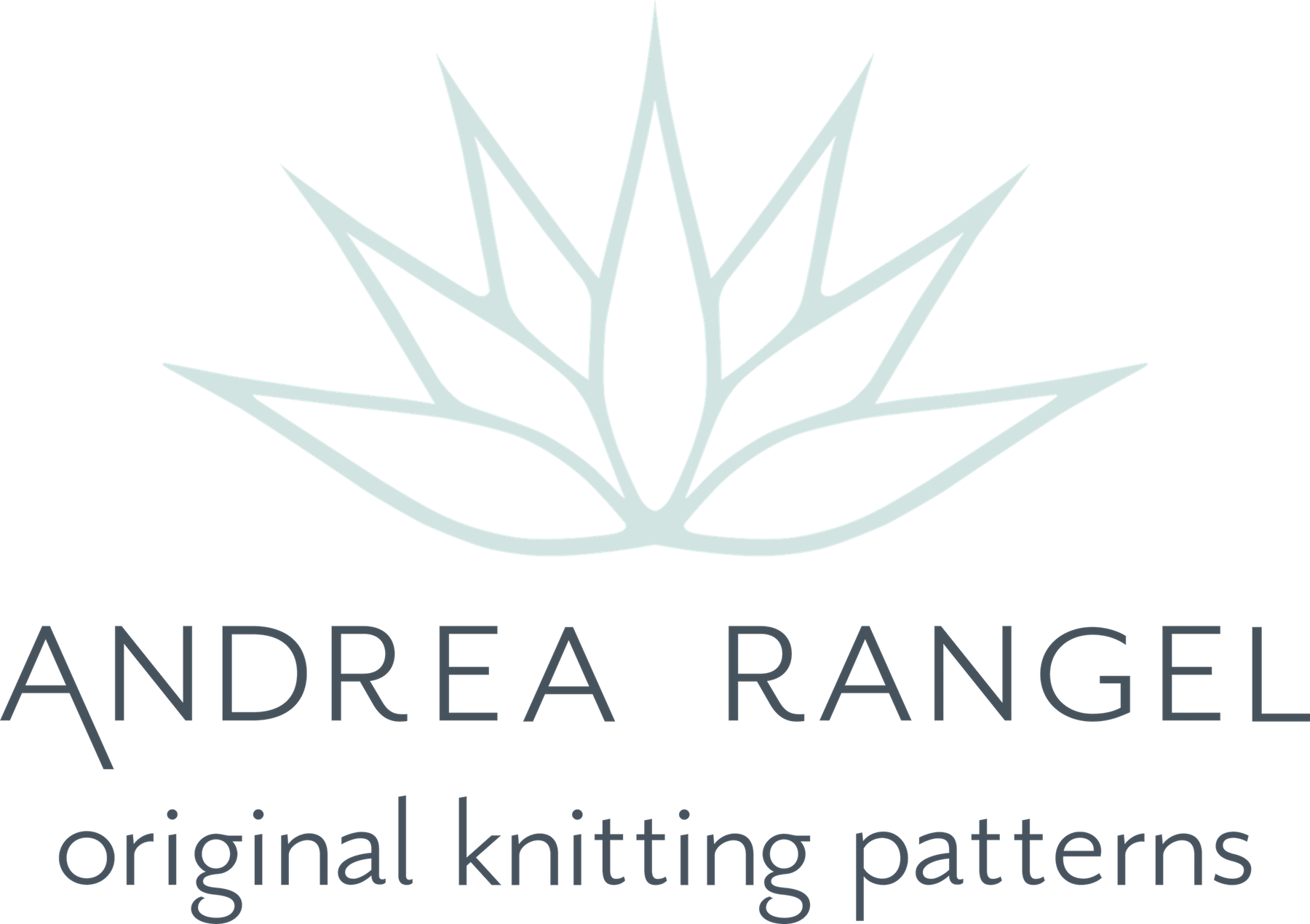Tolt River Cowl Guided Tour: Swatching
This is the second in a series of posts to guide knitters through making a Tolt River Cowl. In the last post I talked about how to choose yarn and what to keep in mind when you do. Today I’m going to give some advice about swatching.
Do I have to?
Yes and no. If you’re dying to cast on, by all means, go for it. But chances are, your cowl will not end up the same dimensions I listed in the pattern. If you’re fine with that and are happy to gift your resulting project to your pet cat or elephant, have at it!
If you’d like to be sure your cowl will end up matching the pattern dimensions, though, you’ll need to swatch to find out if the needles I recommend in the pattern are the same ones that will get you the gauge listed. Just to review, it’s pattern gauge that matters, not needle size. If a US 19 got you gauge, I’d say you have a stress problem (that’s some very tight knitting!), but that would be the needle size for you. So if you’re working the DK weight version, your gauge after blocking should be 24 sts/33 rounds = 4 in/10 cm with larger needle in colour work pattern. If you’re working the worsted weight version, your gauge should be 20 sts/27 rounds = 4 in/10 cm with larger needle in colour work pattern.
How to Swatch
Because this whole project is worked in the round, it’s important for you to swatch in the round too. I feel bad sending you through another link, but I’ve written a tutorial on exactly this topic, so click over here to learn two awesome ways to swatch in the round. Then come back here.
Some General Tips
Most folks work more tightly in stranded colour work than in plain Stockinette and ribbing, so you’ll probably need to switch to a larger needle over colour work than you use for the ribbing. (That’s why the pattern recommends two different needle sizes.) Be sure to include some ribbing and plain Stockinette in your swatch to see if that’s true for you though!
Be sure to make a big enough swatch. A too-small swatch will lie to you and be a waste of your time. I recommend a swatch that’s at least 6 in/15 cm x 6 in/15 cm. That way, even if your edges are distorted, you’ll end up with a solid 4 in/10 cm square in the middle to measure.
Block your swatch. Fabric changes with blocking, especially colour work, so don’t cheat yourself by avoiding blocking (either your swatch or finished project.) Everything will look so much better with blocking. To block, soak your swatch or project in room temperature water (plus a bit of wool wash if you like) for about twenty minutes. Squeeze the excess water out of it and lay it flat to dry. After it’s completely dry, measure to see if you’ve gotten gauge and if you like the fabric.
That’s it! You should be ready to swatch with your chosen yarn. It’s totally possible that you’ll need to make a second swatch if you don’t get gauge on the first try. And remember, be sure you actually like the fabric you make even if it does get gauge. If you don’t really like it, there’s no reason to spend a bunch of time making a project out of it. Swatching is a great way to try out colours and yarns to find out if they’re a good match for this project or not. It’s fine if the first (or second or third) tries are a bust. That’s what swatching is for - to find out if it’s going to be right or not. The answer, “not” is just as valid, and is not at all a waste of time. (Really!) It’s valuable information.
Happy swatching! If you’re working on this project, please do share with #toltrivercowl so we can see what you’re up to!
Are you coming to Knit City?
I’m super excited that Local Color Fiber Studio will have kits for this pattern in their booth! You’ll be able to see the original sample there too.





